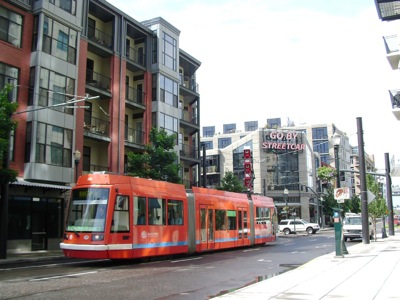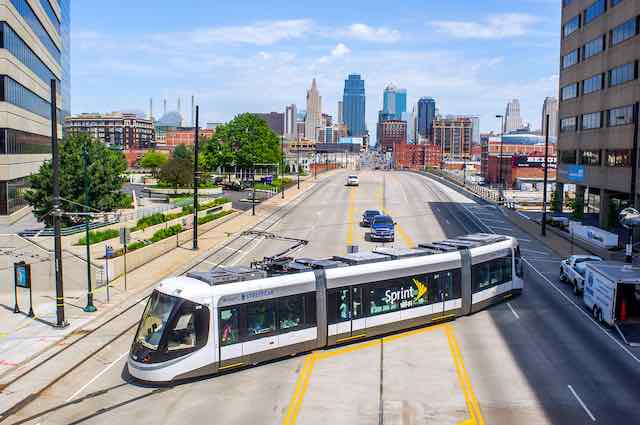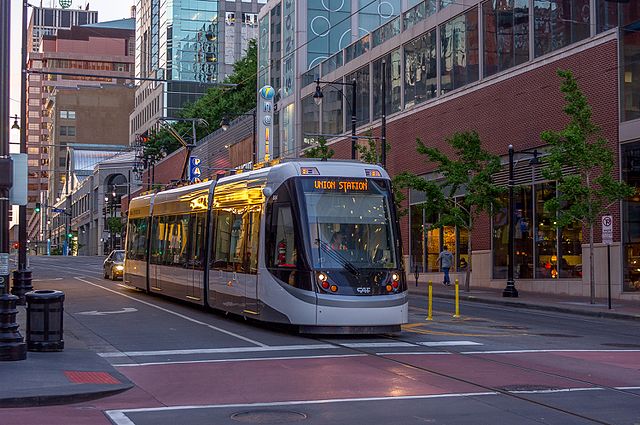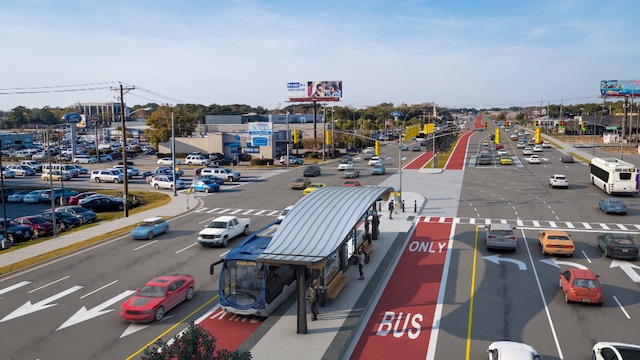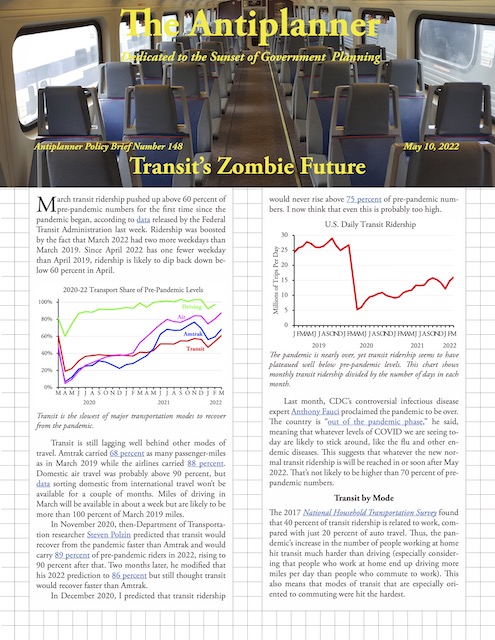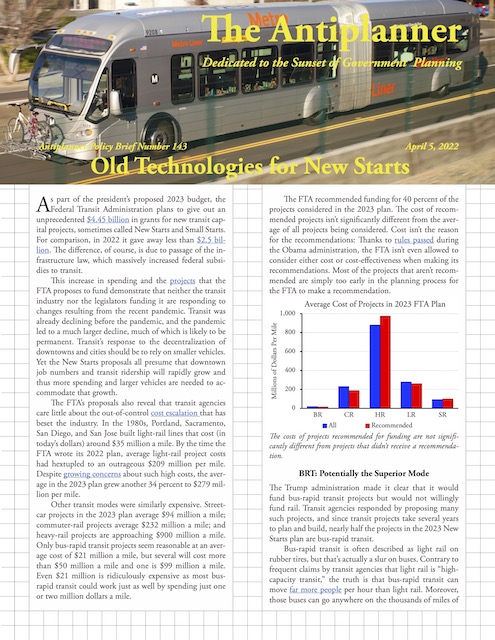I am in KC today helping the Show-Me Institute educate people about the benefits and costs of light rail. Long-time readers will recall that Kansas City voters approved a light-rail plan after having rejected such plans six times. The Show-Me Institute is releasing a report on the subject by the Antiplanner which you can no doubt find on their web site.
In a nutshell, the voter-approved plan is totally infeasible, as it calls for taking money from the bus system to build rail and presumes that the federal government will pay half the cost — which, the FTA says, it won’t if it means reducing bus service. Plus the current cost projections are 50 percent more than the costs initially projected by the line’s backers.

